Crossroads for Traditional Automakers: Replacing Quantity with Quality
![]() 11/28 2024
11/28 2024
![]() 551
551
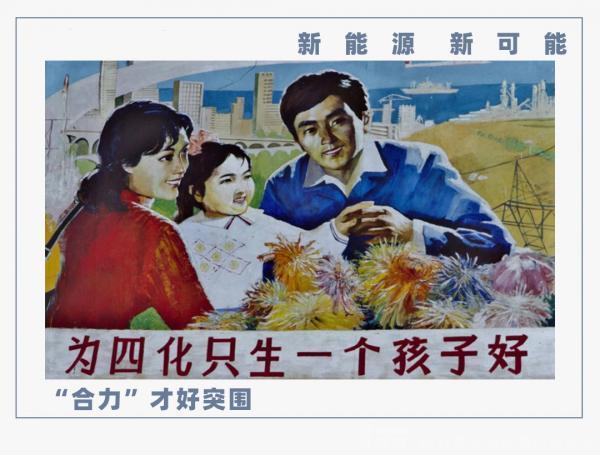
Original by New Energy Outlook (ID: xinnengyuanqianzhan)
3147 words, 9 minutes read
Recently, a shocking rumor spread online that BYD and NIO had collaborated to form a new automotive group called Biyilai Auto Group.
However, both BYD and NIO denied the rumor promptly, with NIO even reporting it to the police.
While the collaboration between BYD and NIO is false, the trend of "brand mergers" that has swept the automotive market in the second half of this year is very real.
On November 14, Geely announced the optimization of the equity structure of its brands Zeekr and Lynk & Co, merging the two into one. This follows the integration of Geometry into Yinhe in October, marking another consolidation move by Geely.
In addition to Geely, automakers like Great Wall Motors and SAIC Motor are also responding to the theme of "slimming down" in the second half of the year. For example, Great Wall Motors' "ONE GWM" brand strategy, the merger of SAIC Motor's Roewe and Feifan brands, and Guangzhou Automobile Group's shift from strategic control to operational control of its independent brands.
Why have traditional automakers, who have traditionally adhered to the philosophy of "more children, better fighting," changed their strategy this year?
With the intensifying competition in the new energy vehicle market this year, automakers have gradually realized that they are being worn down by competition from within the industry. In this situation, integration and mergers have become their "cure."
In conversations with New Energy Outlook, many consumers expressed sentiments like, "I've always been confused by the logos of Zeekr and Lynk & Co, but now it's settled. I don't have to differentiate anymore." "Brand consolidation isn't a bad thing. There are too many brands on the market now. Choosing a car brand alone can exhaust one's mental energy."
1. 'More Children, Better Fighting' Backfires
Over the past decade, most traditional automakers have adopted a multi-brand, multi-channel strategy to quickly capture market share. Under this strategy, it has become commonplace for an automaker to own more than ten independent brands.
In the new energy vehicle market, having "more children" has indeed helped automakers expand their market and increase their market share in specific segments to a certain extent. However, as competition in the new energy sector intensifies, the hidden dangers of a multi-brand strategy have gradually emerged.
Take Lynk & Co and Zeekr as an example. As "sons" of Geely, they have significant overlap in market positioning and product planning. Lynk & Co follows a trendy and individualistic route, with products spanning multiple segments such as sedans and SUVs. Zeekr, on the other hand, takes a luxurious and technological approach, also offering sedans and SUVs, and the two brands' logos even share a striking "twin" resemblance, differing only in whether they are solid or hollow.
Previously, their main distinction might have been their different technological paths, with Lynk & Co models mostly being gasoline or plug-in hybrid vehicles, while Zeekr focused on pure electric vehicles.
However, this year, with the increasing benefits of the pure electric market, Lynk & Co has also begun to focus on pure electric vehicles, launching the Lynk & Co Z10 in September. This has made the rivalry between Lynk & Co and Zeekr even more intense.
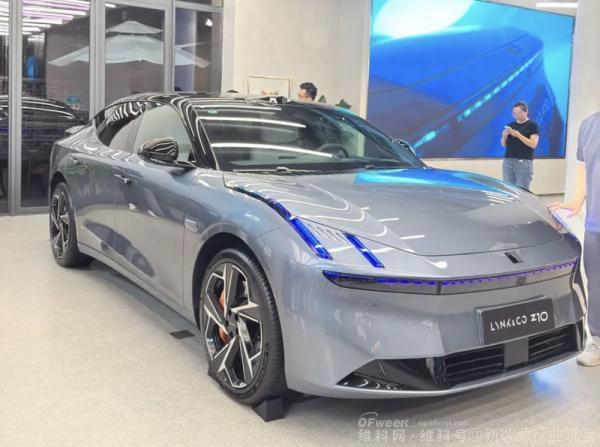
Image/Lynk & Co Z10
Source/Internet Screenshot from New Energy Outlook
In terms of sales, the Zeekr 001, which is similar in design and positioning to the Lynk & Co Z10, reached a monthly sales volume of 14,000 units in June this year but began to decline the following month, with only 5,870 units sold in October. The monthly sales of Lynk & Co Z10 in September and October were 2,819 and 2,052 units, respectively.
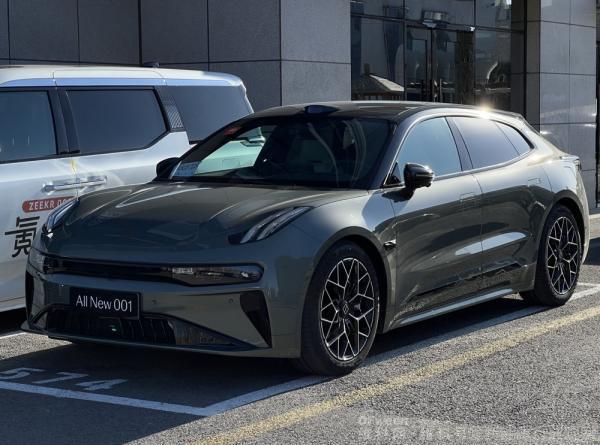
Image/Zeekr 001
Source/Internet Screenshot from New Energy Outlook
In fact, brands that hinder each other like Lynk & Co and Zeekr are not uncommon. Most "second-generation" brands belonging to the same parent company exhibit some degree of internal competition under independent operation.
Mr. Zhang (pseudonym) from Beijing recently decided to replace his gasoline vehicle with an electric vehicle. After careful consideration, he chose the Tesla Model Y. "When I was choosing a car, I found that many brands belonged to the same automaker, but honestly, the models looked very similar, making it difficult for me to decide. In the end, I chose Tesla because at least it's recognizable on the road."
In conversations with New Energy Outlook, many consumers admitted that while there are more and more new energy vehicle brands to choose from, some are not easily distinguishable, and it is evident that domestic new energy vehicles are becoming increasingly homogeneous.
Furthermore, it's important to note that "more children" mean automakers will inject more funds and resources. In the long run, this will inevitably increase the operating costs of traditional automakers, leading to overburdened brands and declining profits.
For example, in the first three quarters of 2024, Chang'an Automobile and Guangzhou Automobile Group, both of which have multiple brands, reported cumulative net profits of 3.58 billion yuan and 120 million yuan, respectively, down 63.78% and 97.34% year-on-year.
2. 'Eugenics' Outweighs the Drawbacks
Having realized the drawbacks of a multi-brand strategy, many traditional automakers have gradually placed brand integration on their agendas.
At the end of September, following the release of the "Taizhou Declaration," Geely embarked on a "slimming down" campaign across its multiple brands over the following two months. For example, Geometry was integrated into Yinhe, which will now serve as Yinhe's intelligent compact car series; Lynk & Co and Zeekr were merged; and the new energy pickup truck brand Radar Auto will be integrated into Geely.
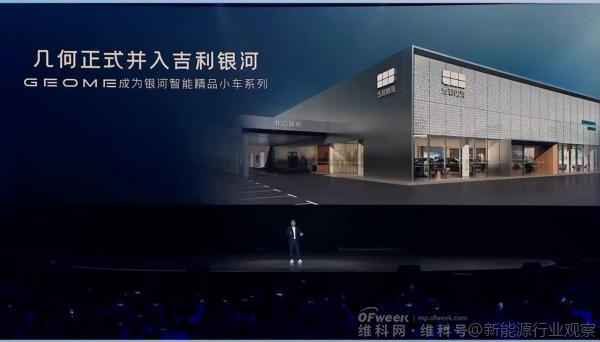
Image/Geometry officially integrated into Yinhe
Source/Internet Screenshot from New Energy Outlook
In early October, Ora Auto announced that the Ora APP would officially cease operation and migrate to the Great Wall APP by the end of the year. According to Great Wall Motor's future plans, this move is in line with the "ONE GWM" strategy. Meanwhile, according to multiple media platforms, Ora may be integrated into the Haval brand in the future.
On October 28, according to official information from SAIC Motor Passenger Vehicle Company, Feifan, which spun off from SAIC Motor's Roewe brand, was reintegrated into Roewe.
It is undeniable that after "slimming down" their brands, traditional automakers will be able to utilize their funds and resources more intensively, significantly improving operational efficiency and reducing internal consumption. For the brands themselves, integration will inevitably reduce market pressure and provide natural assistance in future product development through increased resources and funds.
Regarding this series of brand and channel integrations, many consumers have shared their thoughts.
'It's about time they merged. My friends always thought I was driving a Lynk & Co when I went out. Now that they've merged, I feel more confident driving my Zeekr 001 and won't have to worry about people mistaking my car for another brand anymore.'
'After integration, store resources can probably be shared, making maintenance more convenient in the future.'
'Unity leads to division, and division leads to unity. This is standard practice. I hope they can launch some more personalized new cars after merging.'
Industry insiders believe that in the increasingly fierce market competition, automakers can more efficiently participate in new market competitions by merging resources from multiple brands and series and streamlining complicated structures and processes.
'Mergers and acquisitions should be the mainstream trend in the future. Currently, there is overcapacity in the domestic automotive industry, with too many automotive brands and automakers. Most Chinese automakers are currently in a loss-making state. After mergers and acquisitions, they can share platforms, reduce procurement costs, simplify supply chain management, and cut marketing expenses, thereby improving efficiency,' said Zhang Xiang, Secretary-General of the International Intelligent Transport Technology Association.
However, every coin has two sides, and there are drawbacks behind the benefits.
For automakers, brand integration means that existing stores may also need to be renovated, and the cost of redecorating and training sales and service personnel will be considerable.
For consumers, New Energy Outlook has found that most owners of merged brands have some concerns, mainly related to whether subsequent after-sales service will be adequate, whether original rights and interests will be protected, and whether brand value will decline.
3. Who Will Survive the Elimination Round?
Clearly, brand "synergy" is the optimal solution for automakers after careful consideration.
Judging by the current trend, mergers may have become inevitable. It's possible to boldly predict that half of the "children" of traditional automakers may disappear in the next five years.
It's important to note that while the brands that survive the mergers are indeed stronger, this does not guarantee their smooth entry into the final round.
After all, in the fiercely competitive new energy sector, securing a place in the elimination round early is extremely difficult. So far, only NIO has achieved annual profitability last year and Thalys has achieved profitability in the first three quarters of this year. No other new energy brands have turned a profit.
Therefore, if automakers want to stay and maintain a stable position, they must learn to plan comprehensively and continuously innovate.
In terms of product positioning, automakers should accurately identify the user personas and needs of their products to create differentiated and personalized offerings.
In terms of intelligence, smart features have become a major consideration for consumers when purchasing a car. Automakers should focus on this area, investing funds and effort in research and development to enhance the autonomous driving and smart cockpit technologies of their products.
For example, the Weiyue Blue Mountain Intelligent Driving Edition, launched in late August, is equipped with the third-generation intelligent driving system Coffee Pilot Ultra, which allows for safe driving on any road and more human-like control.
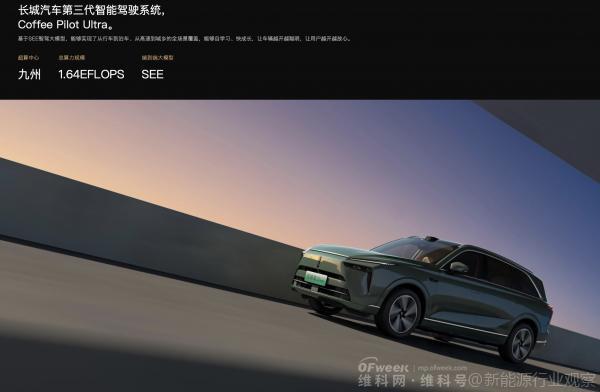
Image/Coffee Pilot Ultra Intelligent Driving System
Source/Weiyue Official Website Screenshot from New Energy Outlook
At the end of September, Aion, a subsidiary brand of Guangzhou Automobile Group, rolled out the NDA3.0 one-stop end-to-end advanced intelligent driving system, which allows for autonomous driving regardless of location, weather, lighting, or time.
At the 2024 Guangzhou Auto Show, Zeekr unveiled the Haohan Intelligent Driving 2.0 No-Map City NZP version, which is expected to be fully rolled out to users nationwide by the end of the year. According to its plans, full-speed range piloting from parking space to parking space is expected to be rolled out in batches in the first quarter of 2025.
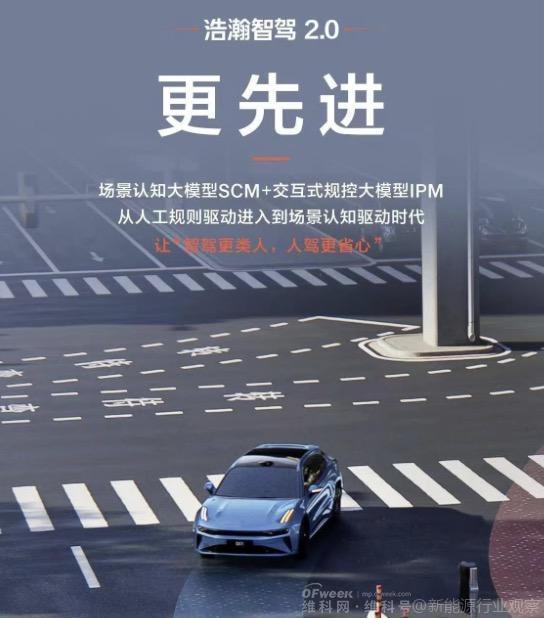
Image/Haohan Intelligent Driving 2.0 System
Source/Internet Screenshot from New Energy Outlook
Of course, automakers that have undergone "slimming down" cannot focus solely on products and technology if they want their subsidiary brands to stay in the game. After all, what ultimately keeps them in the market are "repeat customers."
For example, the migration of the Ora APP, mentioned earlier, serves as a reminder of the importance of maintaining consumer relationships for automakers. According to multiple Ora owners, after the Ora APP was merged, issues such as delayed information updates, inability to accurately track vehicle maintenance progress, and loss of points arose. These issues not only greatly diminished the user experience but also significantly reduced owner satisfaction with the brand.
Based on past lessons, to maintain trust with consumers, automakers must pay special attention to after-sales service and APP usage issues of merged brands during the brand integration process and carefully polish every detail.
It is not difficult to predict that in the future, as competition in the new energy vehicle market intensifies further, the trend of "integration" will continue to spread in the automotive market. At the same time, a new round of automotive market elimination will also commence.







